Losses due to "sky-high" predictions
In the Southeast region, the information that Bien Hoa airport was approved by the Ministry of Construction to become a dual-use airport by 2030, with a vision to 2050, has caused public discussion. Because the travel radius from Bien Hoa city (formerly) to Tan Son Nhat airport is only about 20km and to Long Thanh airport is more than 30km. Experts question: is it possible to ensure passengers and cargo for 3 airports at the same time with such close distances?
According to Mr. Tran Quang Toai, Chairman of the Dong Nai Province Historical Science Association, in the immediate future, the State needs to focus resources on Long Thanh airport to ensure long-term air transport needs. If the road, waterway and railway systems are well connected between provinces, cities and the Central Highlands and South Central Coast regions with Long Thanh airport, the geographical distance between provinces will no longer be a decisive factor. At that time, the construction of new airports must be studied and evaluated more carefully.
Associate Professor, Dr. Nguyen Thien Tong, former Head of the Department of Aviation Engineering (Ho Chi Minh City University of Technology), commented: We have planned airports based on administrative thinking, not on the exploitation network. There are provinces that are less than 80km from the existing airport, but still want to build new airports. That thinking leads to a scattered and ineffective network. Reality has taught valuable lessons about inaccurate forecasting of production demand, leading to many airports with thousands of billions of VND invested but with no or very few commercial flights, such as Rach Gia, Ca Mau , Dien Bien, Na San, Can Tho airports...
However, the Civil Aviation Authority of Vietnam’s forecasts for 2030 airport capacity are still too optimistic. For example, Sa Pa, Phan Thiet and Ca Mau airports are forecast to have 3.7 million, 2.8 million and 2.2 million passengers per year, respectively - which is too high. If we calculate the passenger capacity per 100 people corresponding to the geographical area of each airport, it becomes even more clear that the forecast is too large.
For example, Dien Bien airport had less than 10 passengers per 100 people in 2019, but is forecast to have 135 passengers in 2030, an increase of 13.5 times. Similarly, Ca Mau airport had less than 3 passengers per 100 people in 2019, but is forecast to have 165 passengers in 2030, an increase of 55 times. Sa Pa airport had no output in 2019, but is forecast to have 455 passengers per 100 people in 2030...
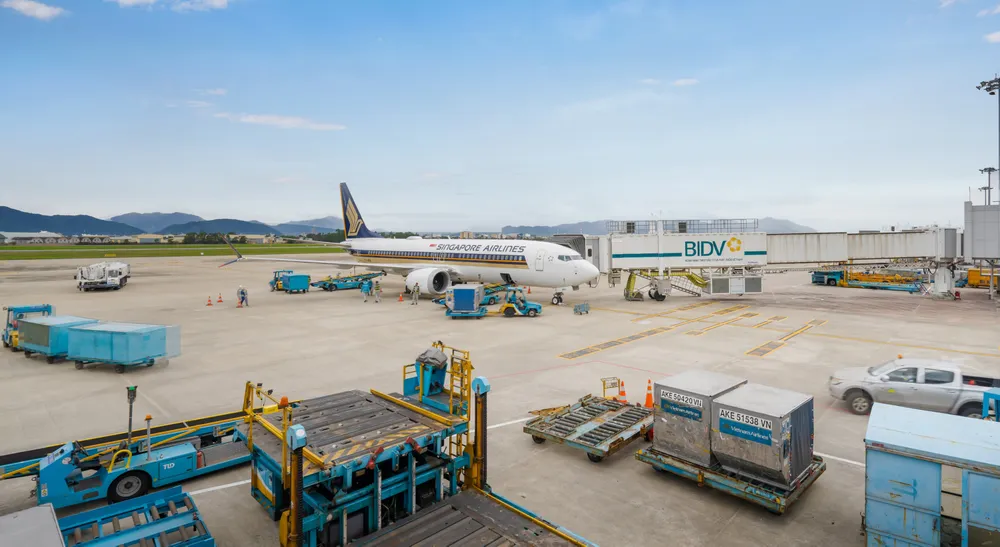
According to the State Audit, review reports have shown that investment activities to upgrade and expand a number of airport projects in the period up to 2020, with a vision to 2030 at the Airports Corporation of Vietnam (ACV) have many shortcomings.
In particular, the work of establishing, appraising, approving, adjusting the planning and organizing the implementation of determining the capacity of airports and cargo terminals is not consistent with the forecast calculations of the consulting unit, the content of land use planning, calculation of land area required for each airport level and capacity scale according to the planning of airports have not been clearly explained. Some airports have also had detailed planning and adjusted planning before adjusting the planning for air transport development in the period of 2020 and orientation to 2030.
According to the State Audit, the assignment of the planning task of Tho Xuan airport to the Department of Transport of Thanh Hoa province (formerly), and Sa Pa airport to the Department of Transport of Lao Cai province (formerly) without the Civil Aviation Authority of Vietnam preparing it is not in accordance with the provisions of Clause 2, Article 5 of Circular No. 17/2016/TT-BGTVT regulating planning and planning management; land use management and management of construction, renovation, upgrading, maintenance and repair of works at airports.
The detailed plans for Van Don, Tan Son Nhat and Phan Thiet international airports have been approved for adjustment, but the Civil Aviation Authority of Vietnam has not established a planning task to adjust the detailed plans; has not adjusted the planning content that affects the approved detailed plans; has adjusted the planning inappropriately; and has not organized the announcement of the planning as prescribed...
After the arrangement, 5 provinces and cities have 2 civil airports: Ho Chi Minh City (Tan Son Nhat International Airport and Con Dao Airport); Da Nang City (Da Nang International Airport and Chu Lai Airport); Gia Lai Province (Phu Cat Airport and Pleiku Airport); An Giang Province (Phu Quoc International Airport and Rach Gia Airport); Dak Lak Province (Buon Ma Thuot Airport and Tuy Hoa Airport).
Airport planning restructuring
When the National Assembly passed Resolution 202/2025/QH15 on the arrangement of provincial-level administrative units, many administrative units were merged to form large regions with new socio-economic spaces. This is also the time when airport planning must change, from "one airport per province" to the model of "regional central airport".
Dr. Nguyen Duc Kien, former Head of the Prime Minister's Economic Advisory Group, commented that it is not difficult to understand why many localities, before and after the arrangement, expressed their desire to have airports and seaports. It is not necessarily true that opening new ones is bad or wasteful. In some cases, such a desire is in line with the common interest and has the potential to help the locality develop. However, many proposals - if not linked to potential and specific comparative advantages, will not be effective.
“I think that instead of dividing resources to “spread out” airports, we need to promote planning according to clusters, value chains and regional strengths, where airports truly become the driving force supporting industrial, logistics or tourism development,” Mr. Nguyen Duc Kien emphasized.
Dr. Nguyen Duc Kien said that airport planning must ensure three factors. First, operating conditions, including factors such as flight capability, safe airspace, infrastructure connectivity and feasible financial solutions.
Second, the ability to exploit synchronously with the economic zone, creating a driving force for regional development, instead of just being a symbol, "making the locality look good". Third, it is necessary to ensure the economic efficiency of the airline and the convenience for passengers based on the calculation of time costs, travel costs and passenger habits.
Currently, airport investment reports have not specifically analyzed the requirements of airlines and the passengers they serve. International airlines find it unfavorable, if they do not fly, then 30 million or 50 million passengers are just… forecasts!
Having been a strong critic of the trend of provinces rushing to build airports, Associate Professor, Dr. Nguyen Thien Tong affirmed that compared to other countries in the region and the world, the number of civil airports in Vietnam is not large. However, the construction of new airports needs to be calculated based on real needs, a scale suitable for the national airport system, suitable for the ability to mobilize investment capital for construction and ensure the harmony of interests between localities, investors and passengers. In addition, management agencies must clarify the issue of private investment capital and financial estimates as well as forecast the effectiveness after operation and exploitation.
Sharing the same opinion, Mr. Nguyen Van Vinh, Institute of Development Strategy (Ministry of Finance), said that localities wanting to have airports need to prove it with actual data: population density, tourism potential, transportation needs, infrastructure connections, etc., and cannot propose based on emotions or trends. Management agencies need to clarify the criteria for small airports, for example, a minimum of 500,000 - 1 million passengers/year; have businesses committed to exploiting the flight route, and have an investment plan in the form of PPP (public-private partnership).
According to aviation experts, it is reasonable for provinces to want airports to develop their economy, society and tourism. However, the construction of new airports needs to be calculated based on real needs, a scale suitable to the national airport system, suitable to the ability to mobilize investment capital for construction and ensuring the harmony of interests between localities, investors and passengers.
According to Mr. Nguyen Duc Kien, investment in aviation infrastructure should not become a local competition, because investing in a small-medium-sized airport requires about VND5,000 billion and it can take up to 50 years to recover capital. For example, Quang Tri airport was approved under the PPP form, with a total investment of VND5,820 billion. According to the BOT contract, with the amount of VND5,500 billion spent, the investor is expected to collect fees to recover capital in 47 years and 4 months.
Similarly, Sa Pa airport (Lao Cai province) was approved for phase 1 with a designed capacity of 1.5 million passengers per year, with an investment capital of more than 4,180 billion VND, of which the enterprise needs to invest and borrow nearly 3,000 billion VND, the rest is state capital. The project is calculated to recover capital in 46 years and 2 months!
Source: https://www.sggp.org.vn/from-dia-gioi-hanh-chinh-den-quy-hoach-bau-troi-bai-2-dau-tu-san-bay-khong-phai-cuoc-choi-cam-tinh-post810153.html



![[Photo] Parade blocks pass through Hang Khay-Trang Tien during the preliminary rehearsal](https://vphoto.vietnam.vn/thumb/1200x675/vietnam/resource/IMAGE/2025/8/27/456962fff72d40269327ac1d01426969)
![[Photo] Images of the State-level preliminary rehearsal of the military parade at Ba Dinh Square](https://vphoto.vietnam.vn/thumb/1200x675/vietnam/resource/IMAGE/2025/8/27/807e4479c81f408ca16b916ba381b667)

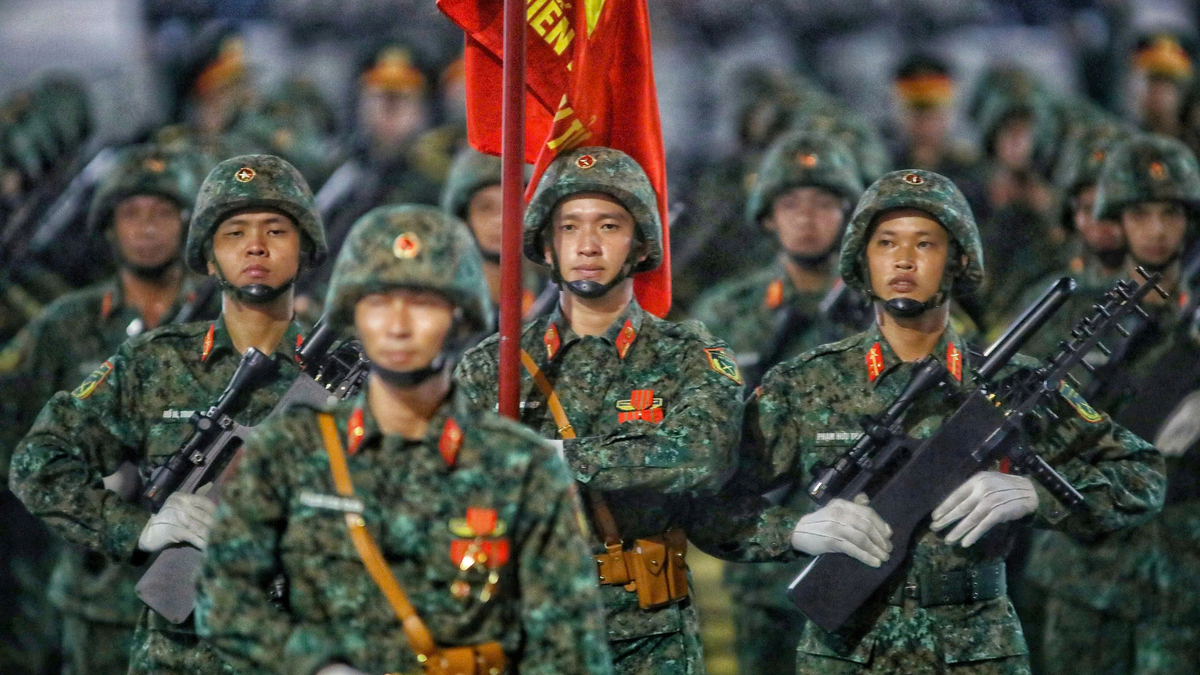



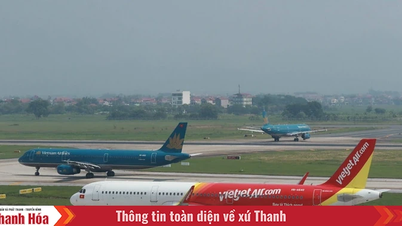




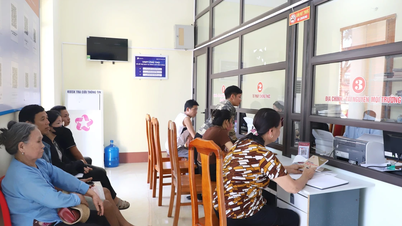

















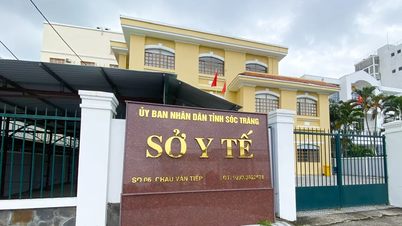


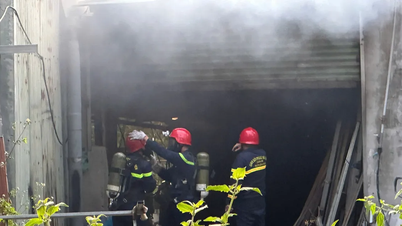
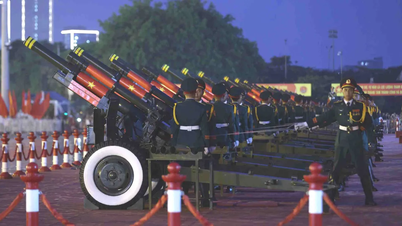







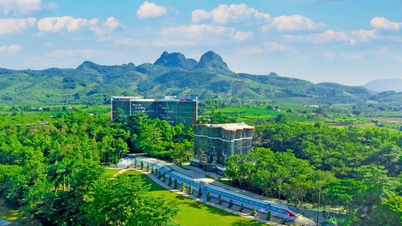










































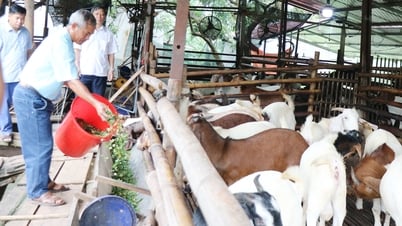
















Comment (0)